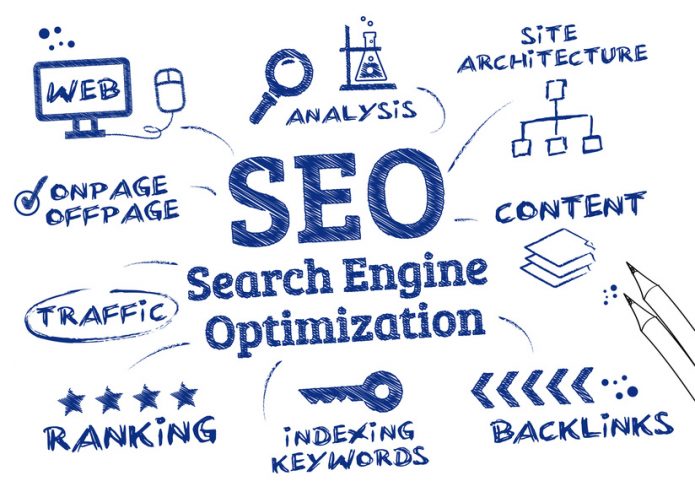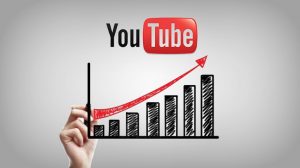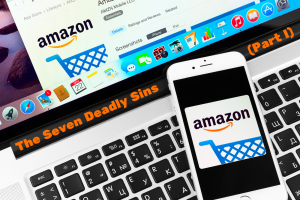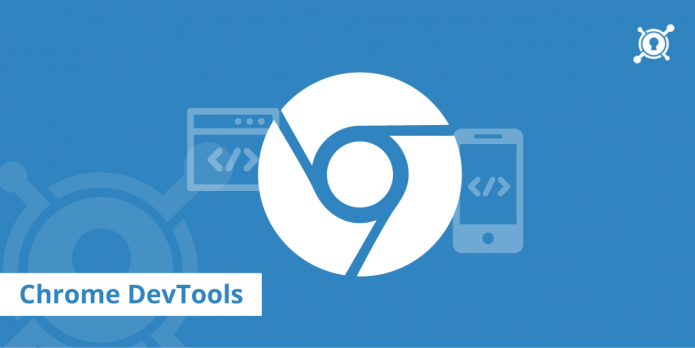Inbound marketing is currently the most effective way of marketing your company online. In the past, during the early days of the internet, marketing was essentially about getting the attention of potential customers and hoping for purchasing decisions made in your favor. This involved buying ads and email lists etc and then waiting to see how these converted.
Inbound marketing focuses on creating quality content that aligns with your customers interests and yours. This will bring the customer to you. Most importantly it will bring the right customers that you can more readily convert and keep happy over time.
So how do you attract these customers?
Here are four ways to get customers to your content:
Blogging
It all starts with blogging. The plan is to create high quality content that your target market will be looking for that is aligned with your products.
SEO
Search engines are how most customers will find you. A proper SEO campaign will be needed to get your pages found. The right content will also help here as it will attract organic links.
Pages
The look and feel of your website needs to be on point. The design of a website, color schemes can all play into how a visitor responds to your message and products. The better the design and more that it is aligned to the image that you want to project, the more potential sales.
Social
The great thing about the social networking era is that the best content often can be popularized without much of a history. Once they respond and share your content online, proper engagement here will be very valuable to building the right brand image.






 Search engine ranking and SEO are key components of the planning process that goes into the creation of a new article or blog post. When you build new pages, search engine ranking is often critical for traffic and sales. The same level of planning should go into the creation of video content. Here are some important considerations when producing video content for YouTube:
Search engine ranking and SEO are key components of the planning process that goes into the creation of a new article or blog post. When you build new pages, search engine ranking is often critical for traffic and sales. The same level of planning should go into the creation of video content. Here are some important considerations when producing video content for YouTube:

 It isn’t too much of a stretch to assume that Amazon has an outsize role in both discovery and completion of shopping online. According to a survey run by Kenshoo, we can safely say that Amazon has a large share of online shopping discovery market.
It isn’t too much of a stretch to assume that Amazon has an outsize role in both discovery and completion of shopping online. According to a survey run by Kenshoo, we can safely say that Amazon has a large share of online shopping discovery market. Often, most users upload images without any consideration of size or disk space. Uploading large images was not an issue until Google made page load speed a ranking factor. One of the best ways to improve both loading times and page speed is to optimize your images. Image optimization is also something that non-technical users can do with very minimal software. Here we look at several tools that you can use to optimize your post and site images.
Often, most users upload images without any consideration of size or disk space. Uploading large images was not an issue until Google made page load speed a ranking factor. One of the best ways to improve both loading times and page speed is to optimize your images. Image optimization is also something that non-technical users can do with very minimal software. Here we look at several tools that you can use to optimize your post and site images. In 2013 Google launched its Hummingbird update to the search engine’s algorithm. With the launch, Google began a transition to a focus on topics and entities from keywords. Moving towards topics and entities led to less emphasis on keyword research. However, there is still a lot of value that an organization can gain. Here are few:
In 2013 Google launched its Hummingbird update to the search engine’s algorithm. With the launch, Google began a transition to a focus on topics and entities from keywords. Moving towards topics and entities led to less emphasis on keyword research. However, there is still a lot of value that an organization can gain. Here are few:
